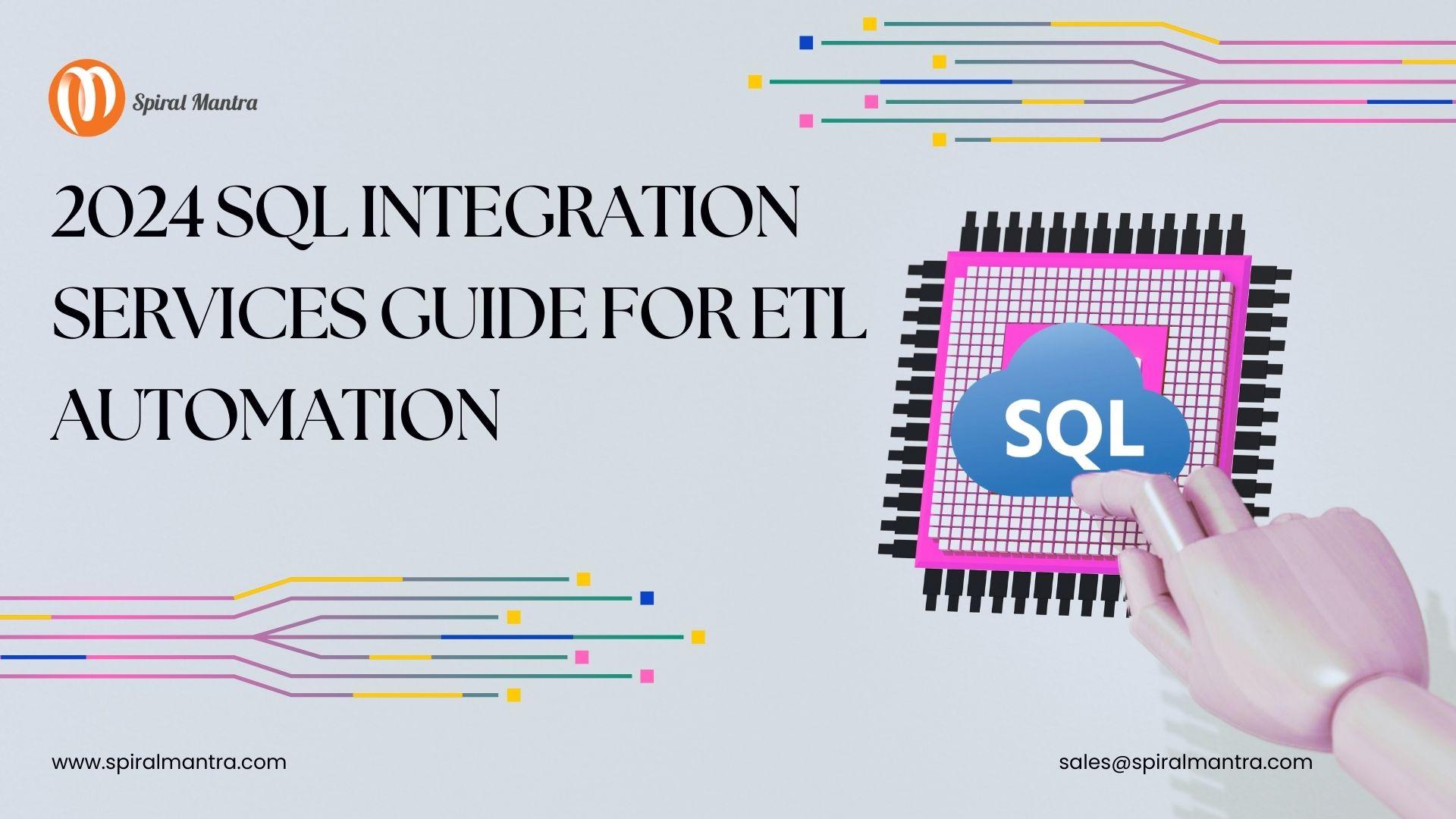In today’s digital landscape, data is the lifeblood of every business. To stay organized and competitive, companies must transform unstructured information into structured, efficient databases. Extract, Transform, and Load (ETL) procedures are essential to this process, enabling companies to organize data for quick and accurate access.
At its core, ETL involves extracting unstructured data from various sources, transforming it into a usable format, and loading it into a data warehouse. Automating ETL accelerates the handling of vast amounts of data, allowing businesses to process information consistently and efficiently. A common tool for ETL automation is SQL Server Integration Services (SSIS), an extension of Microsoft SQL Server. This article will discuss how ETL automation using SSIS enhances data integration and supports business operations in 2024.
What is ETL?
ETL, or Extract, Transform, and Load, plays a central role in data processing. Here’s a breakdown:
- Extract: Data is gathered from multiple sources, like spreadsheets or external services.
- Transform: Raw, unstructured data is cleaned and restructured into a format suitable for the target system.
- Load: The structured data is loaded into a database or data warehouse.
This ETL process enables consistent, accurate data availability, helping businesses make well-informed decisions. Automation of ETL saves time, reduces errors, and enhances efficiency—and that’s where SQL Integration Services becomes invaluable.
Understanding SQL Integration Services (SSIS)
SQL Server Integration Services (SSIS) is a platform within Microsoft SQL Server designed for ETL processes. SSIS automates data extraction, transformation, and loading tasks, making it easy to move information across systems. Key features of SSIS include:
- Data Automation: Automates data collection and transformation from unstructured to structured formats.
- Transformation Tools: Offers pre-built tools to clean and restructure data.
- Loading Capability: Facilitates loading data into SQL databases and other destinations.
- Monitoring: Tracks ETL processes, providing error handling and alerts to ensure data quality.
By automating these tasks, SSIS minimizes manual intervention, enabling faster and more accurate data processing.
Why Automate ETL Processes?
Automation is transforming data management, and here’s why ETL automation is crucial for modern businesses:
- Efficiency: Automated ETL processes are faster and more accurate than manual ones, allowing for seamless handling of unstructured data.
- Consistency: Automation ensures uniform data processing every time, reducing inconsistencies.
- Scalability: As businesses grow, so does their data. Automated ETL systems, such as Talend Data Preparation, can scale effortlessly to handle increased data volume.
- Cost Savings: Automation reduces labor needs, lowering operational costs over time.
How SQL Integration Services Automates ETL Processes
SSIS provides several tools to streamline the ETL workflow, ensuring businesses have high-quality data available when they need it. Here’s a quick look at the ETL automation process with SSIS:
-
Extracting Data: SSIS can pull data from sources like CSV files or web services on a set schedule, automating data extraction.
-
Transforming Data: SSIS enables detailed transformations through pre-built tools or custom scripts. It restructures data into a format suitable for analytics or reporting.
-
Loading Data: Once transformed, the data is loaded into a database or data warehouse. SSIS can automate this loading process, scheduling it to run consistently.
-
Monitoring and Error Handling: SSIS provides real-time error tracking and notifications, ensuring immediate action if issues arise in the ETL process.
Benefits of Using SSIS for ETL Automation
Using SSIS for ETL automation has several advantages, including:
- Easy Integration: SSIS simplifies data integration, enabling businesses to manage data from multiple sources effortlessly.
- Flexibility: With SSIS, businesses can automate data flows across diverse systems, no matter how complex.
- Customization: SSIS allows companies to create workflows tailored to their specific data requirements.
- Scheduling: With SSIS, businesses can set ETL processes to run at specific times, keeping data up-to-date.
- Error Handling: Built-in error tracking ensures quick issue resolution, improving data quality.
Conclusion
SQL Server Integration Services (SSIS) offers an effective solution to automate the ETL process, making it easier to manage unstructured data and integrate it into workflows. By eliminating the manual effort in data processing, SSIS improves efficiency, reduces errors, and ensures consistency in data handling. As businesses rely more on data-driven decisions, ETL automation with SSIS becomes an invaluable tool in today’s fast-paced market, especially as companies seek to minimize human error and streamline operations. With SSIS, even beginners can see the advantage of automated ETL for complex data management.



